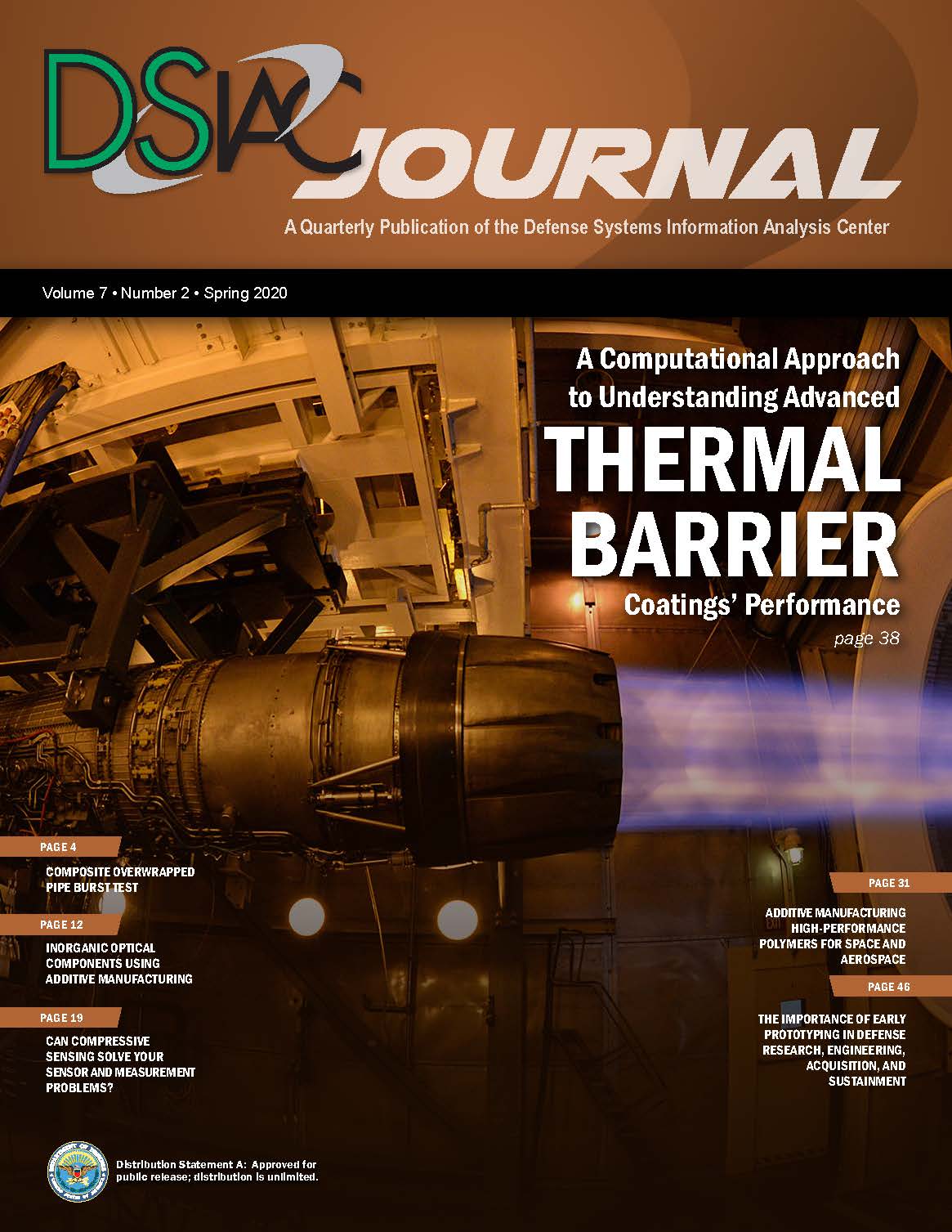an email newsletter released every month highlighting the latest articles, events, technical inquires, and voices from the community
Spring 2020: Volume 7 Number 2

Spring 2020: Volume 7 Number 2
Published: May 27, 2020
Our feature article in this journal issue, “A Computational Approach to Understanding Advanced Thermal Barrier Coatings’ Performance,” discusses how many advanced engine system designs result in significant increases in operating temperatures, which, in turn, require new thermal protection coatings (TBCs). The relationship between material microstructure and performance of ceramic coatings is identified through a computational approach. Although the work involved uses yttria-stabilized zirconia (YSZ) as a model material, the approach can be applied to many different ceramic materials.

